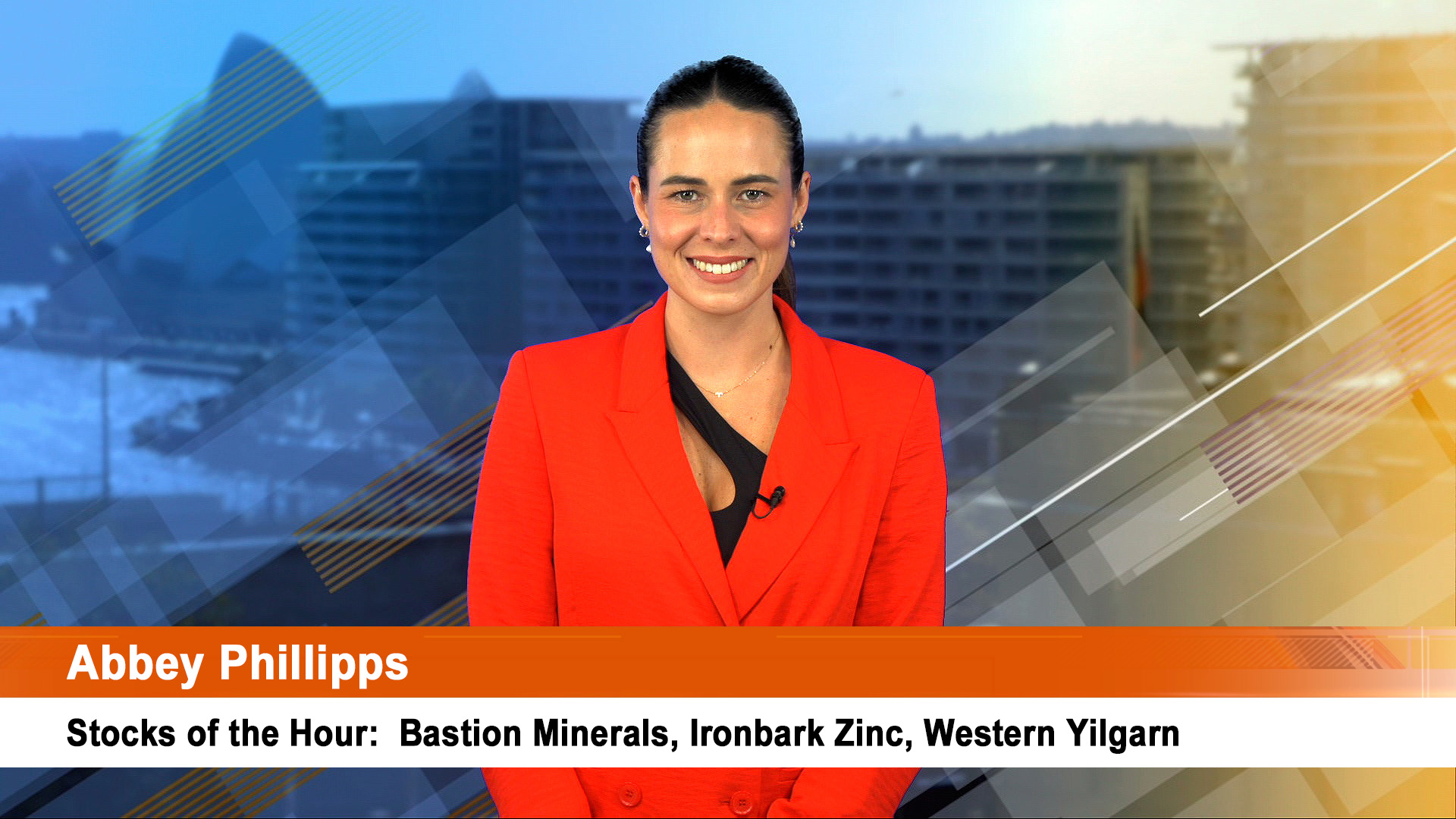Another mixed week for commodities with most drifting lower on Friday and over the week (especially iron ore) as the US dollar firmed – only oil stood out.
Seaborne iron ore prices fell further on Friday, as Chinese futures weakened in response to news of further steel production cuts that will be levied in China’s northern region during the October-March period to cut emissions.
The Metal Bulletin’s 62% Fe Iron Ore Index fell $US1.86 to $US72.13 a tonne (cfr Qingdao in northern China).That was a fall of 2.5% on the day and 3% over the week from the $US74.36 close the Friday before. The Metal Bulletin iron ore price is down more than 8% in the last two weeks and Friday’s close is the lowest since July 28.
Analysts in China and outside say there’s a chance the price could fall another 20% because of the production cuts due to start next month.
Some forecasters say steel output from Hebei province (next door to Beijing and the heart of China’s steel making sector) could fall 50% in the next six months as the central government trues to reduce the heavy winter pollution and smog.
That’s the reason Chinese steel mills have been ramping up production in the past three months.
Besides steel, cement plants, some older coal fired power stations are reportedly on the list for production curbs to help cut pollution levels.
The cuts will start with the 19th meeting of the country’s National Congress due to start in Bejing on October 18 at which a new leader will be chosen. Incumbent President Xi is expected to get the gig.
The weakness is despite a record month for steel production in August and near record monthly import figures for iron ore.
On the ASX on Friday, shares in BHP Billiton and Rio Tinto fell 2.3% on the weakness in Chinese iron ore futures and physical prices while shares in Fortescue Metals dropped 4.5% on news that Chief Executive Officer Nev Power was stepping down. Fortescue shares were down 3% for the week, BHP lost 1.6% and Rio shares lost half a per cent.
But for the week ahead investors in all markets will be looking to two-day US Federal Reserve monetary policy meeting that ends early Thursday morning, our time. Global oil prices were steady to weak on Friday, but still ended the week with a solid gain as the echoes of Hurricanes Harvey and Irma continued to rattle energy markets.
October West Texas Intermediate (WTI) crude futures in New York settled unchanged at $US49.89 a barrel after hitting an intraday high above $US50. WTI traded as high as $US50.50 intraday Thursday, a level it hasn’t seen since May.
In London, November Brent rose 15 cents, or 0.3%, to $55.62 a barrel.
WTI crude saw a 5.1% weekly rise. Brent ended about 3.4% higher over the week for the strongest weekly gains since the week ended July 28.
Baker Hughes reported on Friday that the number of active US rigs looking for oil fell by 7 to 749 rigs – the second weekly fall in a row.
The total active US rig count, which includes oil and natural-gas rigs, fell by 8 to 936. The figure is still impacted by Hurricane Harvey.
Meanwhile Comex gold futures ended at a low for September on Friday, after the US stock market hit new record highs.
Gold fell despite weakness for the US dollar, but prices remained underpinned by geopolitical tensions on the Korean Peninsula and after a suspected terror explosion In a London train injured up to 29 people.
Comex gold futures for December delivery fell $US4.10, or 0.3%, to settle at $US1,325.20 an ounce, the lowest close since August 31, according to US data group FactSet.
That saw gold down around 1.9% for the week.
In other metals trading, Comex December silver fell by 8.8 cents, or 0.5%, to $US17.701 an ounce, with prices down about 2.3% for the week.
Comex December copper shed less than a cent to $US2.949 a pound on Friday for a weekly loss around 3.3%.Platinum and palladium futures prices also fell fr the day and the week.
In London LME copper was steady on Friday but lost ground over the week.
Three month copper on the London Metal Exchange ended at $US6,508 a tonne, up 0.1% on the day but down 2.8% over the week. It has slipped from a three-year high of $US6,970 on September 5 but is still up 18% this year.
LME nickel lost 0.9% at $US11,090 a tonne, its weakest since August 21, after Reuters said Chinese steel prices clocked up their biggest weekly loss since early June.
LME lead rose 2.3% to $US2,359 a tonne while aluminium fell 0.6% to $US2,085 a tonne, zinc rose nearly 1% to close at $US3,039 and tin was unchanged at $US20,540 a tonne.













